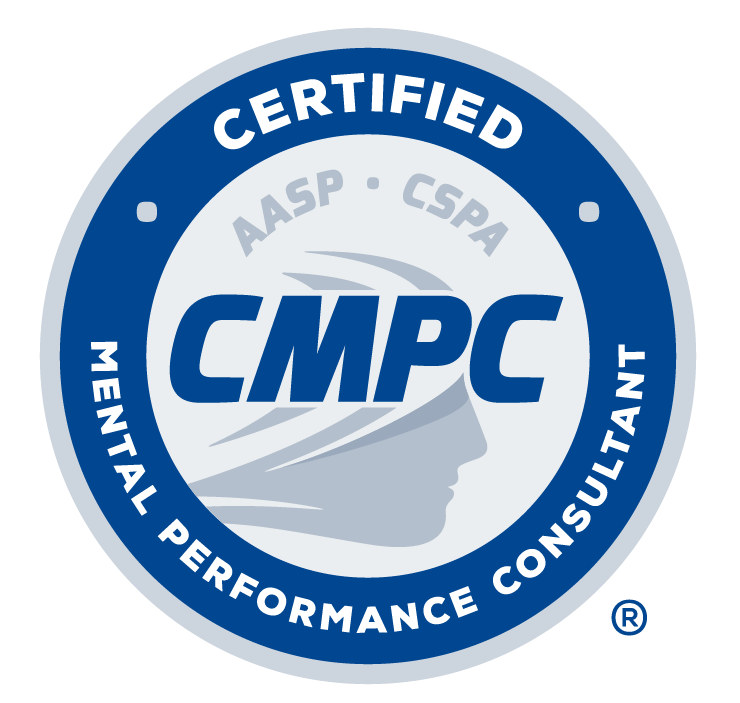Mentally Preparing Athletes to Return to Play Following Injury
Windee M. Weiss, Ph.D., ATC
University of Northern Iowa
Mentally Ready to Return to Play?
The vast majority of athletes are ready to return to full practice and competition as soon as they are medically cleared by the team physician or sports medicine staff. That is, once they are cleared physically, most athletes have no problem re-entering the sport arena. However, some athletes may be ready physically, but are not prepared mentally to return, which could result in the following:
- Decreased confidence which leads to a decline in performance
- Re-injury or further injury
- Feelings of stress and anxiety due to lack of confidence in their physical condition
- Fear of injury and fear of returning to play
How Can You Help Mentally Prepare Your Athletes to Return to Play?
Athletic trainers play an important role in the rehabilitation of any athlete’s injury, not only in the physical rehabilitation of the injury, but also helping athletes mentally get prepared to play. Due to the day-to-day interaction that we have with our athletes, athletic trainers become important sources of social support for any injured athlete, play a key role in helping athletes maintain their confidence, and can encourage the use of mental strategies to “keep their head in the game” even though their body is not.
Here are some easy ways to incorporate mental training skills into a rehabilitation program.
- Incorporating Imagery: One way to keep athletes “in the game” is to implement an imagery training program during their rehab sessions. Athletes could mentally rehearse sport specific skills, plays, strategies, or a series of plays during a rehab session. The most likely time may be when they are icing at the end of the session. For example, this would be a great time for a basketball player to externally image (e.g., seeing themselves as if they were on TV) themselves successfully completing five times in a row each of the team’s offensive plays. The same could be done with specific sport skills (e.g., the athlete visualizes him- or herself successfully shooting ten free throws).
- Sport Specific Skill: Whenever possible we need to be creative and keep our injured athletes active in their sport, despite the fact they may be immobilized in some form or fashion. “Think outside the box” and modify sport skills to keep the injured athlete participating in their sport. This will dramatically help with their motivation to return, mental preparation for playing the game, and interest and enjoyment of rehabilitation. For example, a basketball player recovering from ACL reconstruction can easily work on all passing drills, shooting drills (e.g., free throws, 3-point shots), and ball handling drills while seated in a chair. Additionally, during practice the injured athlete can follow their teammate who plays a similar position providing feedback and mentally engaging in practice drills and skills.
- Incorporating Goal Setting: The injured athlete should be setting goals on a weekly, if not daily, basis for both rehabilitation skills and the modified sport specific skills. A goal is some standard they would like to achieve by a given deadline. For example, a rehabilitation goal may be: “Achieving zero degrees of extension by Friday of this week.” Keep track of these goals, as well as when the athlete achieves each goal. This will give the athletic trainer a record of all the injured athlete has achieved, thus providing “evidence” of how far they have come during rehabilitation. By setting goals for their sport specific skills, this will help injured athletes focus and perceive these skills and drills as important. Lastly, by providing some rewards or positive feedback for accomplishing these goals we can help injured athletes maintain their motivation during the many months of rehabilitation.



